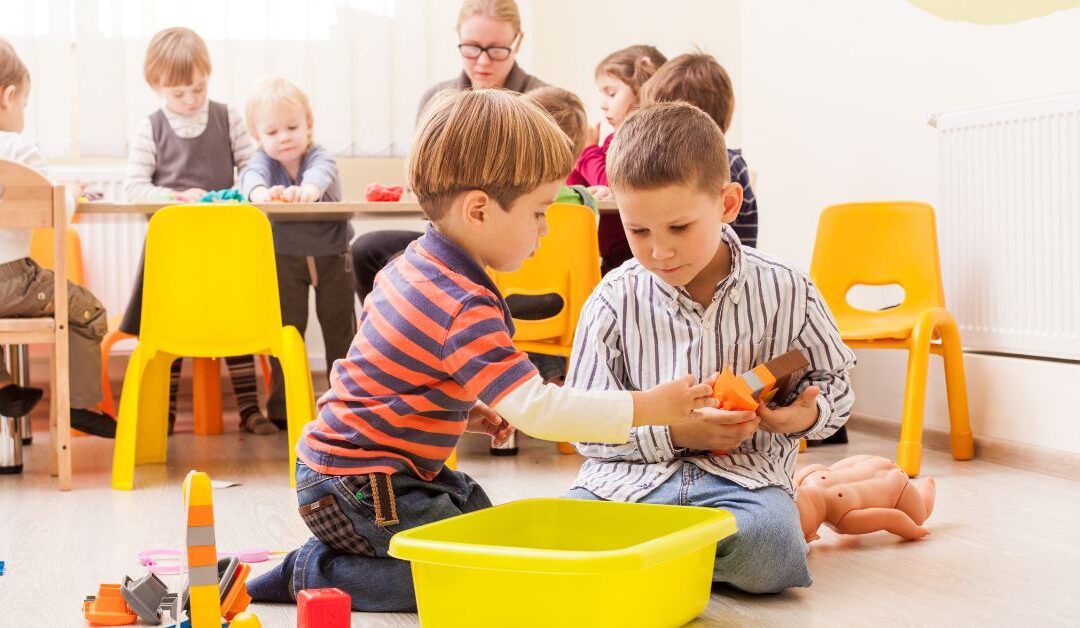When we think of childhood play, few activities are as universal—or as beneficial—as building. From stacking wooden blocks to assembling elaborate structures, building & construction toys have long been a favorite among children and educators alike.
But these toys are more than just entertainment. They are powerful developmental tools that foster creativity, problem-solving, coordination, and even emotional growth. In this deep dive, we’ll explore why building toys are essential for every child’s development, how they shape lifelong skills, and how parents can incorporate them into daily play in thoughtful, meaningful ways.
1. Building Toys Strengthen Cognitive Development
At the heart of every construction activity lies one key skill: thinking. When children build, they are experimenting with spatial reasoning, cause and effect, balance, and geometry—often without realizing it.
Research shows that early exposure to building & construction toys enhances a child’s understanding of mathematical concepts and spatial awareness. Whether stacking towers or connecting interlocking pieces, kids learn how structures work, how shapes fit, and how stability is achieved.
Pro tip: Incorporate educational toys like alphabet blocks or counting cubes to combine literacy and numeracy learning with hands-on play. This not only builds problem-solving skills but also boosts early academic readiness.
2. They Encourage Creativity and Imagination
Unlike many battery-powered toys that direct play, building toys let kids take the lead. Every creation—whether a castle, bridge, or spaceship—is a product of their imagination.
This open-ended play style promotes creativity and innovation, two traits that are increasingly valuable in modern education. When children are free to design and build, they also learn to embrace trial and error—an essential part of creative thinking.
Parent insight: Display your child’s creations as part of your nursery & room décor. It gives them pride in their work and encourages continued creative exploration.
3. Construction Play Builds Fine Motor and Coordination Skills
Every time a child picks up, stacks, or connects pieces, they are improving fine motor control and hand-eye coordination. These skills are foundational for future tasks like writing, dressing, and even sports.
For younger children, start with simple, larger pieces that are easy to grasp. Pair building toys with sensory items like the Baby Rattle Teething Toy to help babies strengthen grip and develop tactile awareness through safe, soothing textures.
As they grow, you can introduce smaller blocks or magnetic tiles to refine precision and focus.
4. Promotes Problem-Solving and Resilience
Few experiences teach persistence like watching a tower topple—then rebuilding it stronger. Building play teaches children patience, adaptability, and resilience.
When structures collapse, children analyze why it happened and make adjustments—sometimes consciously, sometimes instinctively. That process of trial, failure, and correction is the foundation of real-world problem-solving and STEM learning.
Encourage this growth mindset by asking questions like,
- “What could make your tower taller?”
- “How can we make the bridge stronger?”
These simple prompts turn playtime into a mini engineering lab.
5. Encourages Social and Emotional Development
Building together is a natural lesson in teamwork and communication. Whether siblings or friends, kids learn to share materials, take turns, and collaborate on shared visions.
Cooperative play builds empathy, listening skills, and emotional regulation—especially when children work through creative disagreements. This makes construction an ideal activity for playdates or family time.
Pair this kind of group play with cozy bedding & room décor setups like rugs, floor cushions, or small tables where kids can build comfortably together.
6. Integrating Construction Play Into Daily Routines
You don’t need a dedicated playroom to make building part of your child’s daily life. A few simple strategies can make a big difference:
- Create a Build Corner: Dedicate a shelf or bin in your furniture & storage area just for construction materials.
- Mix Play Types: Alternate between pretend play & role play and construction time to engage different parts of the brain.
- Encourage Storytelling: Ask your child to describe what they built—this helps with communication and confidence.
- Rotate Materials: Change up the pieces weekly to maintain curiosity and challenge.
7. Why Parents Should Embrace Messy Play
One reason parents shy away from building toys is the inevitable mess. But that scattered pile of blocks is actually evidence of active learning and engagement.
Children build best when they have space to explore freely. To balance creativity with order, use labeled bins or storage cubes from your nursery & baby gear or furniture & storage collections. This teaches kids responsibility and makes cleanup part of the routine.
Building toys aren’t just another item on the playroom shelf—they’re the foundation of learning through exploration. Every block, beam, and connection helps shape how a child thinks, feels, and interacts with the world.
Discover a variety of Building & Construction Toys, Educational Toys, and Baby & Toddler Toys designed to inspire creativity and skill-building at Baby to Kids Store.
If you found this deep dive helpful, join our newsletter for more insights into child development and play-based learning—or share this article with other parents looking to make playtime more meaningful.

